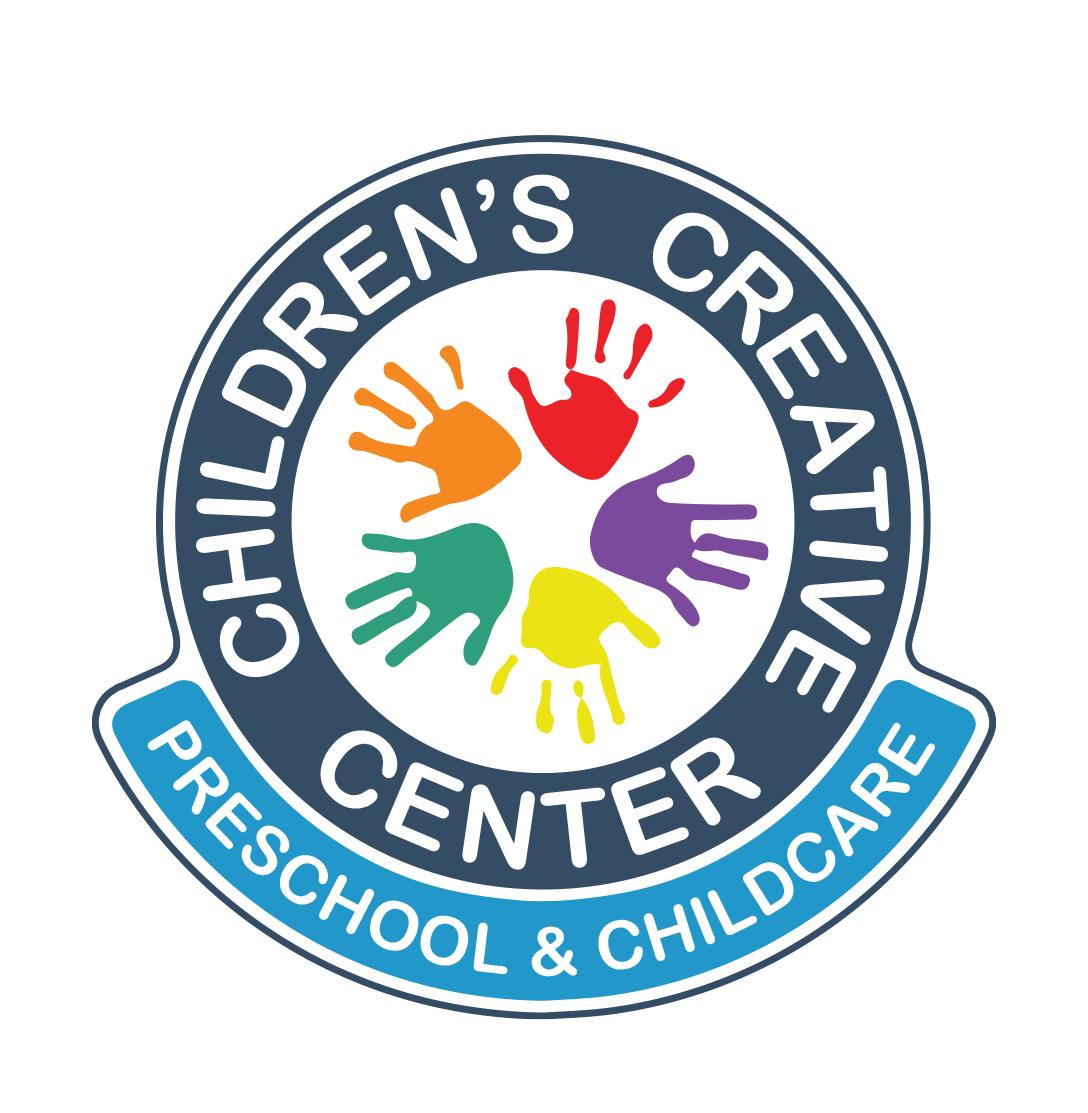STEM in Early Childhood
By: Anna Gately, Pre-Kindergarten Director Designee
No Mountain is Too Tall to Climb
In the realm of early childhood, there exists an extraordinary capacity for growth and resilience that often surprises both educators and parents. No task is too big to tackle for young minds, as this pivotal period is marked by boundless curiosity, insatiable eagerness to learn, and an unparalleled ability to absorb new information. Children, like sponges, soak up knowledge and skills at an astonishing rate, unencumbered by the preconceived limitations that may emerge later in life. Encouragingly, their unbridled enthusiasm and fearlessness in the face of challenges make even the most seemingly monumental tasks manageable.
At Children’s Creative Center, we take the responsibility to tackle these tasks very seriously. Incorporating STEM to our weekly curriculum was a choice we made to support this. In today's rapidly advancing world, fostering a strong foundation in Science, Technology, Engineering, and Mathematics (STEM) has become more critical than ever. Early childhood, a time of immense curiosity and boundless imagination, serves as the perfect canvas for laying the groundwork for future success in these fields.
STEM education goes beyond memorization and encourages children to think critically and solve problems creatively. By engaging in hands-on activities, such as building structures with blocks or experimenting with simple scientific concepts, young minds develop a problem-solving mindset that will serve them well in later academic and professional endeavors. Children are naturally curious, and STEM activities provide an outlet for that curiosity to flourish. Exploring the wonders of the natural world, conducting simple experiments, and asking questions about how things work instill a sense of wonder and a thirst for knowledge. This early exposure to curiosity-driven learning sets the stage for a lifelong love of discovery.
STEM education often involves collaborative projects, where children work together to achieve a common goal. These activities foster teamwork, communication, and the ability to express ideas. Learning to work with others at an early age not only prepares children for future collaborative work environments but also enhances their social and emotional development. This last week, each of our classrooms engaged in an engineering exploration where we made tools out of paper to construct a sturdy tower. STEM education connects theoretical concepts to real-world applications, making learning more tangible and meaningful for young minds. Whether it's understanding the physics behind a bouncing ball or building a paper tower, children grasp abstract ideas through concrete, hands-on experiences.
By fostering an environment that nurtures this innate spirit of exploration and problem-solving, we empower our youngest learners to believe that every obstacle is an opportunity, and no mountain is too high to climb. In doing so, we instill in them the confidence to take on challenges, fostering a lifelong love for learning and a resilient mindset that will serve them well in the years to come.



